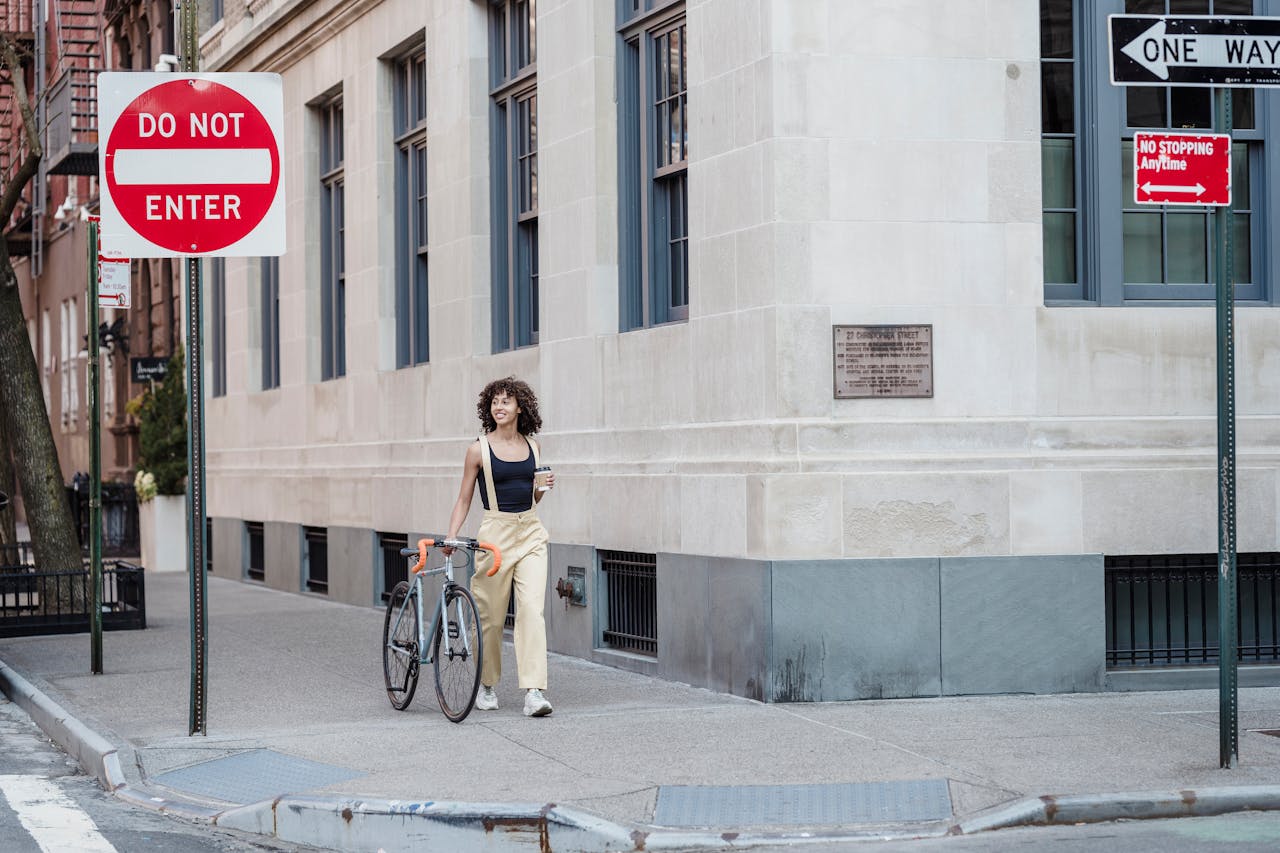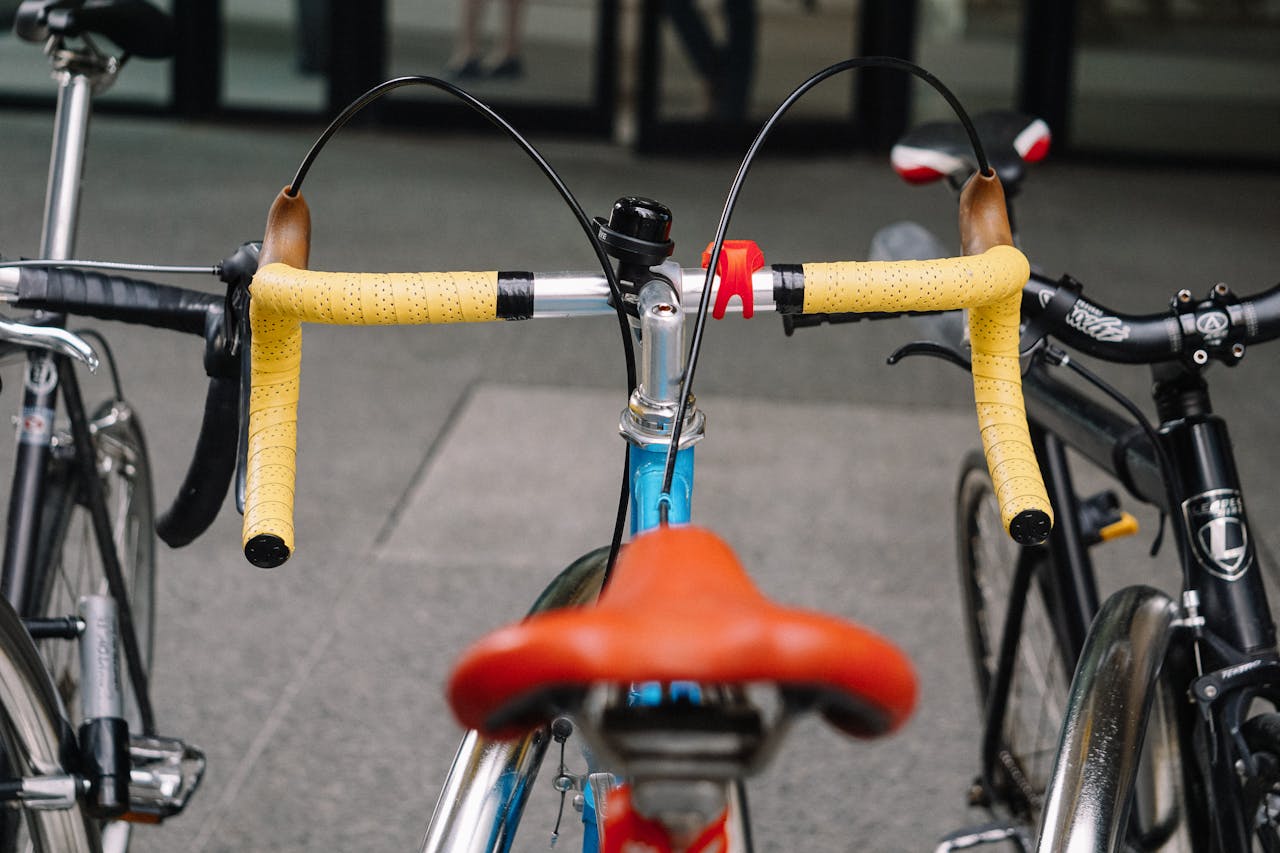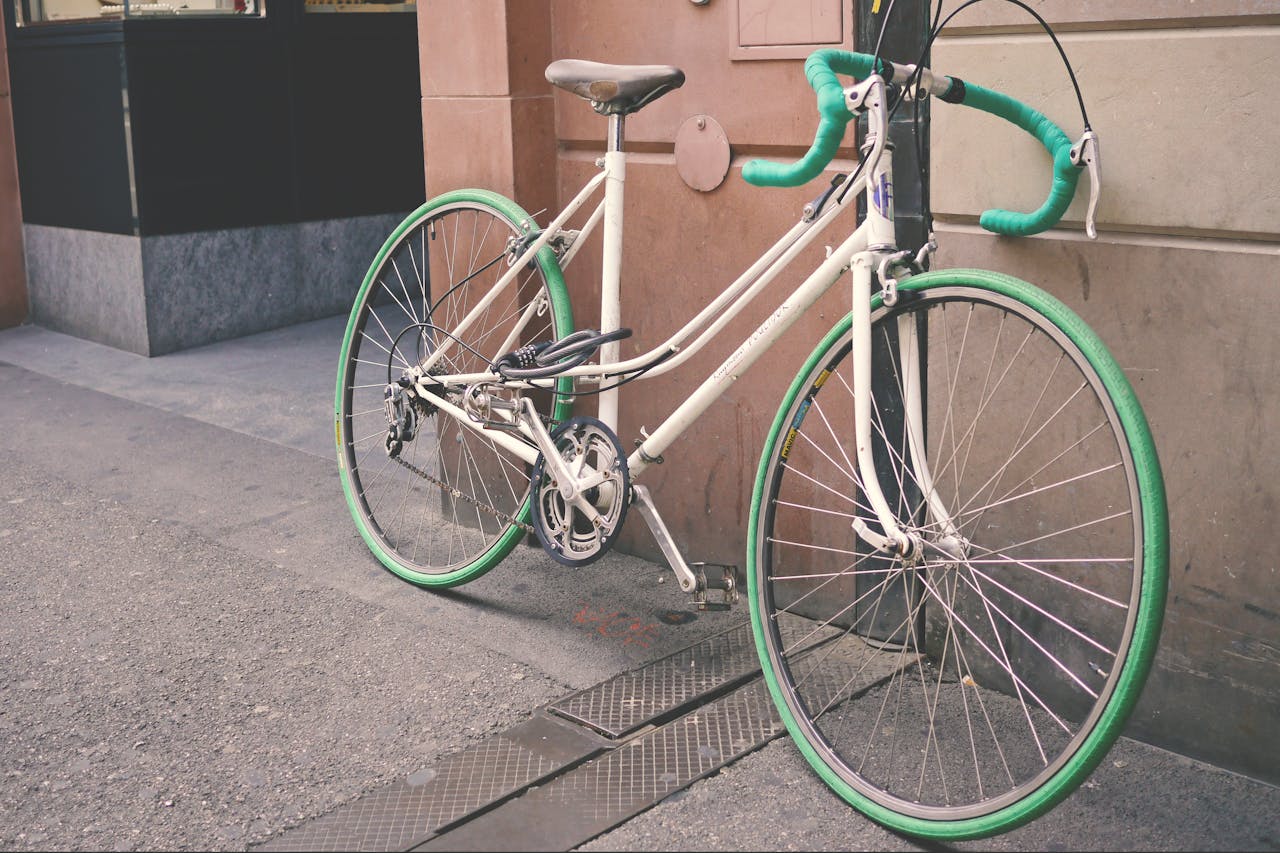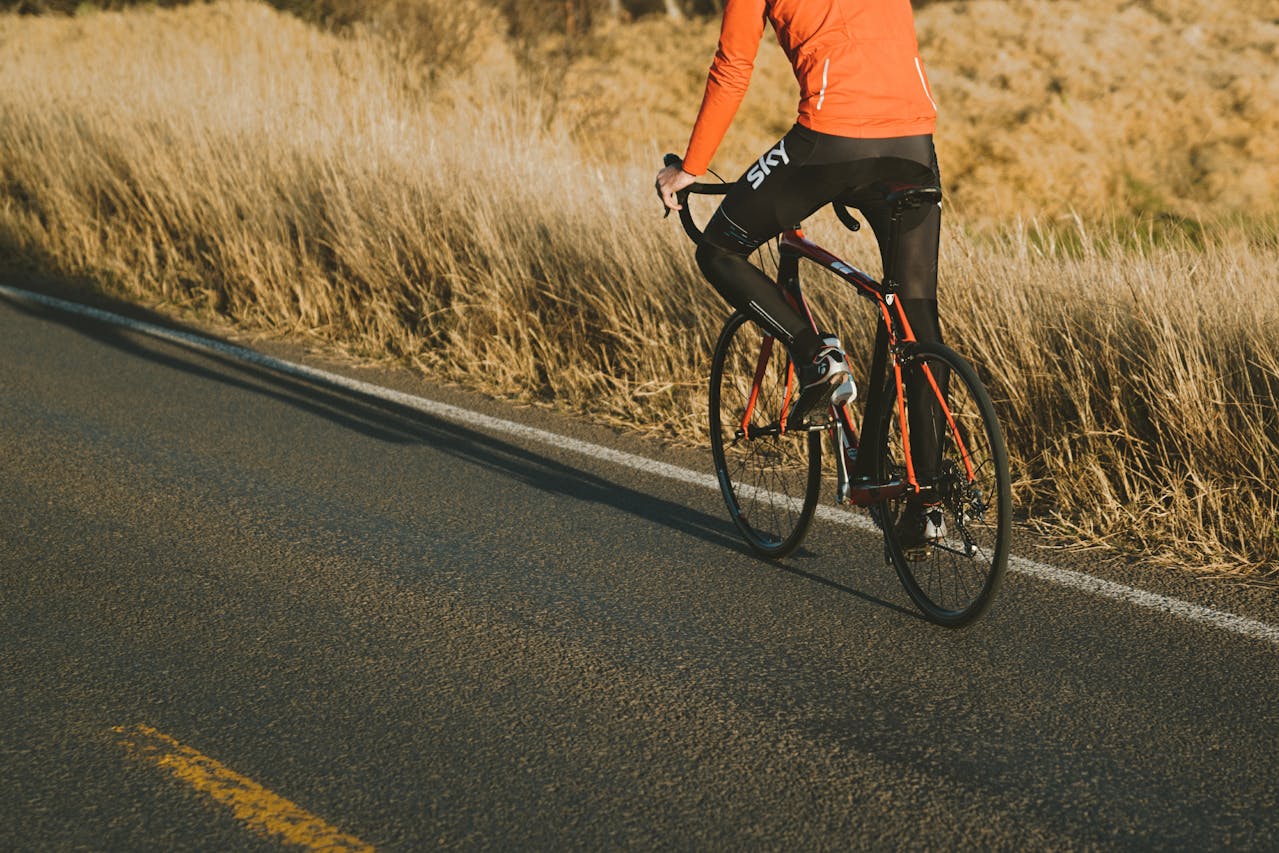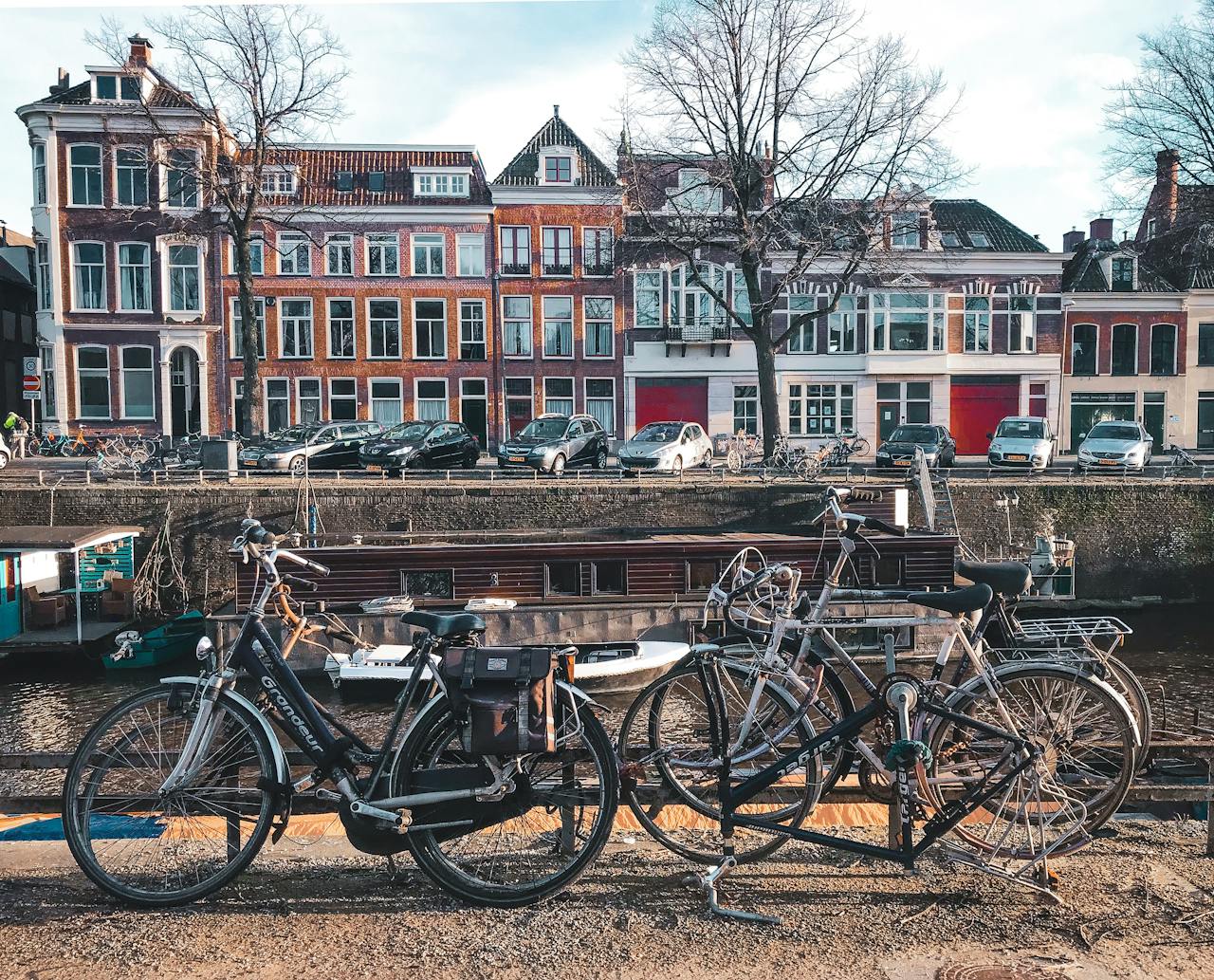The Flip-Flop hub, also known as a “two-sided hub,” is an innovative solution in the world of cycling. Its uniqueness lies in the ability to install either a fixed gear or a freewheel on both sides. This allows the cyclist to change the drive type simply by flipping the rear wheel. Such versatility makes Flip-Flop hubs especially popular among owners of fixed-gear and single-speed bicycles.
Fixed-Gear Bicycles: Design Features
A typical configuration of a Flip-Flop hub for fixed-gear bicycles includes a thread for a cog on one side and for a freewheel on the other. However, there are rare models with threads for cogs on both sides, produced by a small number of companies such as Phil Wood (USA), Goldtec (UK), and Formula (Taiwan).
The side of the hub designed for the cog has a special increased diameter for installing a lockring. This allows the use of a standard rear cog and freewheel of the same diameter on different sides of the hub. Thread standards may vary depending on the country of manufacture: the international ISO standard is 1.375″ x 24 tpi, British – 1.370″ x 24, French – 34.7 x 1 mm, Italian – 35 mm x 24.
The lockring plays a crucial role in fixing the cog, preventing it from unscrewing during riding. For “left-hand” lockrings, there are also different standards: English/ISO (1.29″ x 24 tpi), Campagnolo/Phil Wood (1.32″ x 24 tpi), and the rarely encountered French (33 mm x 1.0 mm). It’s important to ensure compatibility between the lockring thread and the hub, as an incorrectly chosen lockring can lead to thread damage over time.
When choosing cogs and freewheels for Flip-Flop hubs, preference is usually given to components with an equal or greater number of teeth compared to the cog. This ensures ease of use, maintaining the gear ratio or making it easier to climb hills when installing a larger cog.
For cyclists who don’t have the opportunity to purchase a specialized track hub, there is an alternative option: installing a track cog on a regular hub using a “right-hand” thread. A bottom bracket lockring with an English ISO standard can be used as a lockring. However, it should be remembered that this solution can negatively affect the condition of the thread with prolonged use.
Track cogs are available in a wide range – from 12 to 23 teeth, and are produced in two sizes: 3/32″ and 1/8″ (by tooth thickness). Cogs sized 3/32″ are compatible with 3/32″ and 1/8″ chains, while 1/8″ cogs are only suitable for corresponding chains. Some models are even compatible with wider 3/16″ chains used in BMX or single-speed bicycles.
BMX / Single-Speed Bicycles: Variety of Options
For BMX and single-speed bicycles, there are several variants of Flip-Flop hubs that differ from track models. Most BMX hubs have a standard ISO thread on one side and a thinner thread (30 mm x 1 mm) on the other. This allows the installation of freewheels with 14 or 15 teeth, and recently even 13-tooth variants have appeared.
It’s important to note the existence of “right-hand” and “left-hand” Flip-Flop hubs. On one side, you can install a regular “right-hand” freewheel, and on the other – a “left-hand” one (1.375″ x 24L tpi). DK Bicycles has released an innovative Dual Drive hub with a reduced diameter (30 mm x 1 mm) for 13-15t freewheels, including two adapters (left and right) with reduced thread and ISO standard thread.

Flip-Flop on Fixed Gear/Track Bicycle: A Detailed Overview
The standard configuration of a Flip-Flop hub for a fixed gear or track bicycle includes a thread for a cog on one side and for a freewheel on the other. However, there are rare models with threads for cogs on both sides, produced by a limited number of companies.
The side of the hub designed for the cog has an increased diameter for installing a lockring. This allows the use of a standard rear cog and freewheel of the same diameter on different sides. Thread standards vary depending on the country: the international ISO standard is 1.375 x 24 tpi, British – 1.370 x 24, French – 34.7 x 1 mm, Italian – 35 mm x 24.
Lockring for the Flip-Flop Hub Cog: An Important Design Element
The lockring plays a key role in fixing the cog, preventing it from unscrewing during riding. For left-hand lockrings, there are various standards, the most common of which are English/ISO and Campagnolo/Phil Wood. When choosing a lockring, it’s necessary to consider thread compatibility with the hub, as a mismatch can lead to thread damage over time.
When choosing cogs and freewheels for Flip-Flop hubs, preference is usually given to components with an equal or greater number of teeth compared to the cog. This ensures ease of use, maintaining the gear ratio or making it easier to climb hills when installing a larger cog.
For cyclists who don’t have the opportunity to purchase a specialized track hub, there is an alternative option: installing a track cog on a regular hub using a right-hand thread. A bottom bracket lockring with an English ISO standard can be used as a lockring. However, it should be remembered that this solution can negatively affect the condition of the thread with prolonged use.
Track cogs are available in a wide range – from 12 to 23 teeth, and are produced in two sizes: 3/32 and 1/8 (by tooth thickness). Cogs sized 3/32 are compatible with 3/32 and 1/8 chains, while 1/8 cogs are only suitable for corresponding chains.
Why Are Fixies Criticized? An Objective View
Like any trendy phenomenon, the fixed-gear culture is subject to criticism. Setting aside subjective opinions based on rejection of the new or fashionable, let’s consider the objective drawbacks of fixies.
The main difficulty when transitioning to a fixie is the absence of traditional brakes. The cyclist has to master the technique of skid stopping, where the rear wheel is blocked through leg resistance to pedal rotation. At high speeds, this requires significant effort and skills in controlling a skidding bicycle. The increase in braking distance on wet asphalt becomes especially critical.
In busy urban traffic, where sudden stopping can be crucial for safety, an inexperienced fixie rider can pose a danger not only to themselves but also to others. Therefore, it’s important to thoroughly hone maneuvering and braking skills before riding in the city.
Fixies are also not the best choice for cities with significant elevation changes. On steep climbs, one has to either dismount or exert excessive effort, which can negatively affect the knees. Descents also present a problem: either the legs rotate at high speed, or one has to raise them to the frame, losing the ability to brake.
Using a front brake (permissible in fixie culture) also requires caution, as excessive force can lead to flipping over the handlebars.
Riding a fixie requires more careful route planning, considering not only the terrain but also the presence of obstacles like curbs or railroad crossings. Overcoming such obstacles on a fixie is more difficult than on other types of bicycles due to design features.
Objectively About the Advantages of Fixies: Unexpected Benefits
Despite common fears associated with fixies, these bicycles have many advantages. Without dwelling on aesthetic aspects, let’s consider the physical features of riding a fixie.
Contrary to concerns, riding a fixie in a city without significant elevation changes can be easier than riding a mountain or city bike. This is due to the lightness of construction, high frame rigidity, optimal ratio of teeth on the sprockets, low rolling resistance, and maximum pedaling efficiency.
The uniqueness of the sensations when riding a fixie is associated with the constant connection of the cyclist’s body with the wheels. Speed control is carried out not through accelerations and braking, but by changing the intensity of pedaling. Over time, this becomes a habit, and the cyclist intuitively regulates the speed of movement.
The combination of lightness, rigidity, and maneuverability creates a sense of unity with the bicycle, unattainable on other types of bikes. The closest competitors to fixies in terms of riding characteristics are road bikes, but they lag in minimalism of design, require more careful technical maintenance, and are subject to a greater number of breakdowns. In addition, a regular road bike is generally heavier than a standard fixie.
